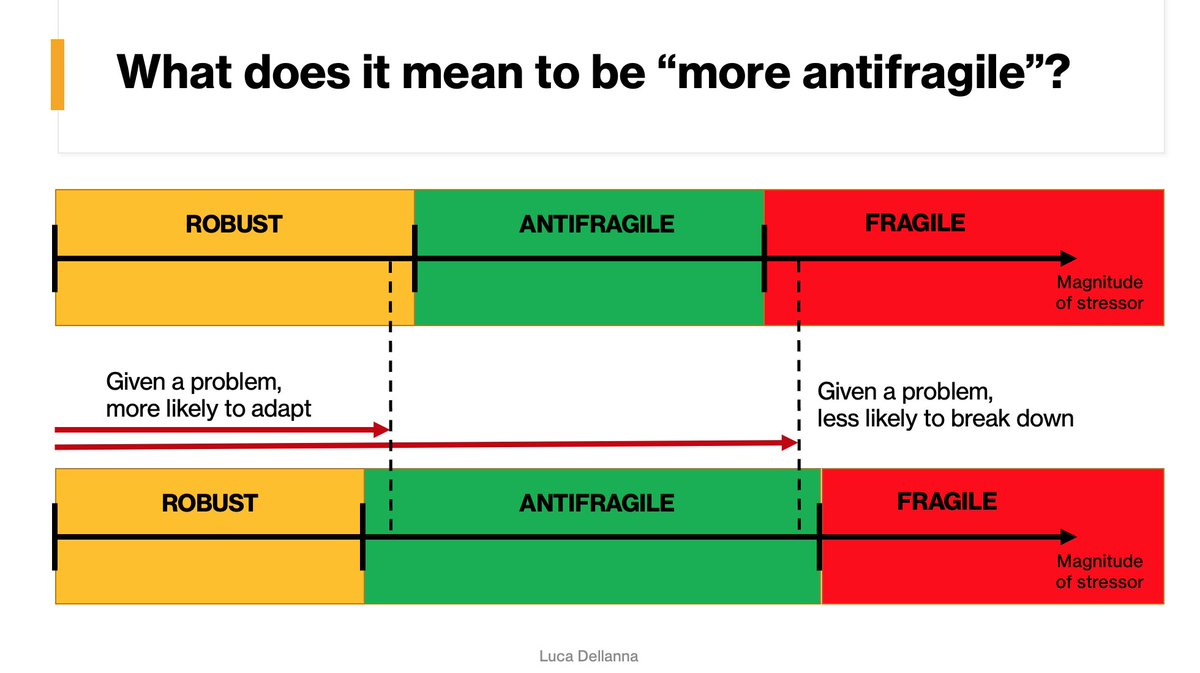
In a country with say 50% vaccinated, on average, less than 50% of the contacts of a person with COVID are vaccinated (because vaccinations aren’t homogeneous).
One reason why many places are still seeing cases grow despite more and more vaccinations.
One reason why many places are still seeing cases grow despite more and more vaccinations.
Also cases aren’t homogeneous; see this map from September 2020.
(Also, the blue areas dispel the myth that lockdowns cause an increase in deaths - they display areas in which fewer people died compared to previous years).
(Also, the blue areas dispel the myth that lockdowns cause an increase in deaths - they display areas in which fewer people died compared to previous years).

It’s the sum of two considerations:
1) Given 50% vaccination rate (say), a person that gets the virus has a >>50% chance of not being vaccinated.
2) A non-vaccinated person is more likely than average to be part of a non-vaccinated family, to have non-vaccinated friends, etc
1) Given 50% vaccination rate (say), a person that gets the virus has a >>50% chance of not being vaccinated.
2) A non-vaccinated person is more likely than average to be part of a non-vaccinated family, to have non-vaccinated friends, etc
All other things equal, a model that considers a homogeneous vaccination rate will underestimate contagions.
• • •
Missing some Tweet in this thread? You can try to
force a refresh








